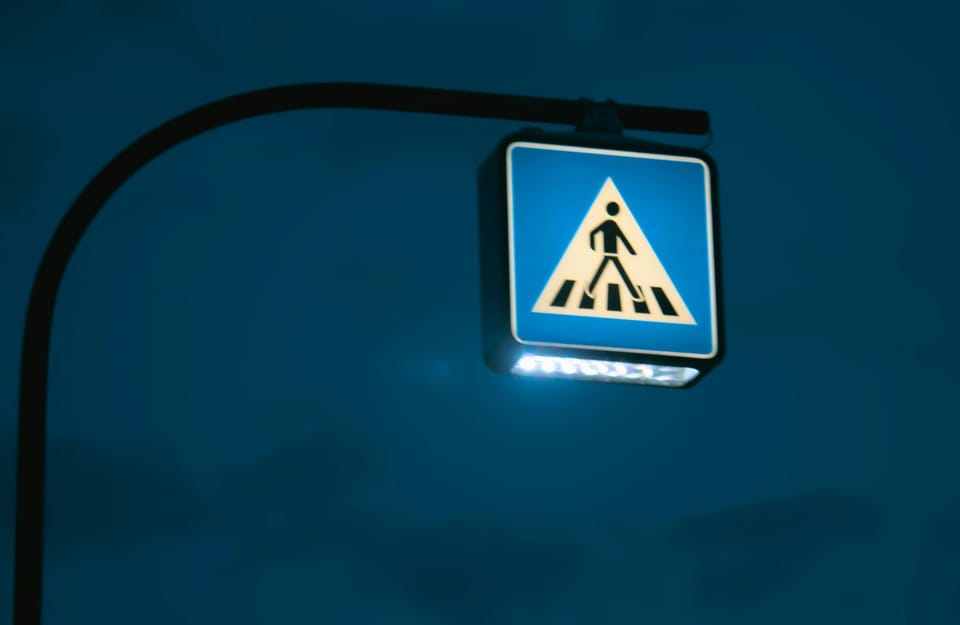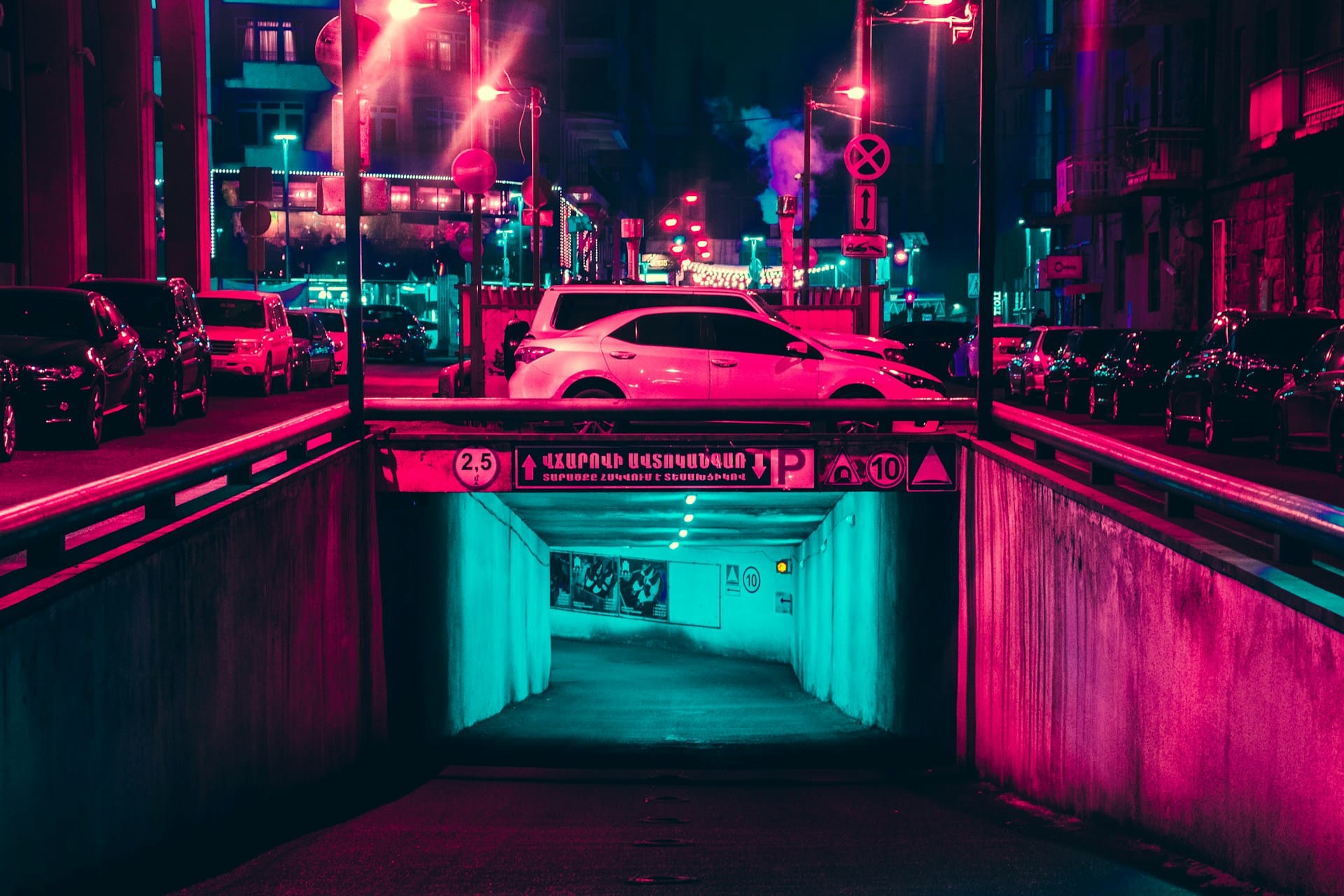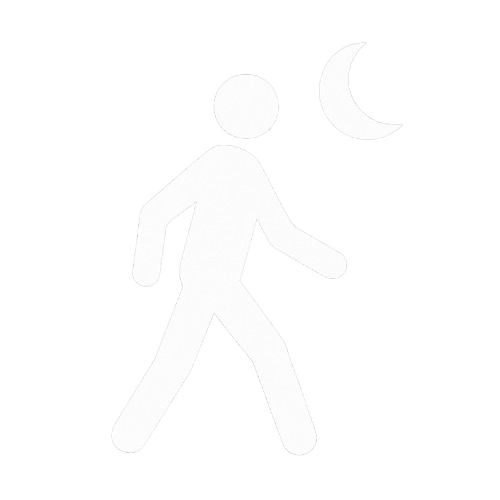Urban Night Hiking 101: Beginner’s Guide

When most people think of hiking, they picture daylight trails and mountain vistas. But there's another world waiting after sunset, right in your own city. Urban night hiking opens doorways to experiences you never knew existed just blocks from your home.
Tonight, let's explore how to step safely into this nocturnal landscape.
1. What Counts as "Urban & Semi-Urban" Night Hiking?
Picture yourself moving through the quiet spaces where city meets sky. Urban night hiking is the art of walking after dark along routes that flow through a city's hidden arteries. These include greenbelts that breathe between buildings, riverfront paths that mirror starlight, and public parks transformed by shadow and streetlamp glow.
Semi-urban hiking draws you slightly further from the urban pulse, where suburban nature preserves whisper their secrets, where canal towpaths stretch like silver ribbons, where foothill trails still keep you within reach of the city's distant heartbeat.
Notice these key characteristics as you begin to understand:
- Artificial lighting nearby, creating pools of warmth in the darkness
- Cell service wrapping you in connection for 90–100% of your journey
- Easy bailout points appearing like safety nets: transit stops, glowing businesses, rideshare zones
When your walk carries you more than 30 minutes from the nearest streetlight or phone signal, you're crossing into traditional backcountry territory. Beautiful terrain, but beyond what we'll explore together here.
2. The Unique Gifts of Night vs. Day
Feel how the night offers what daylight cannot...
• Cooler air flows around you - perfect refuge from hot climates, perfect solitude for quiet souls
• Skylines transform before your eyes - bridges become jewelry, rivers turn to liquid light, neon becomes art
• Time bends to accommodate your life - slipping easily after work stress or weekend plans
• Wildlife emerges from hiding - listen for the owl's call, watch for bats, glimpse the curious raccoon (always from a respectful distance)
• Silence amplifies everything - suddenly you can hear the city's texture, notice sounds and sensations that noon's chaos drowns completely
3. Clearing Away the Myths
Let your mind release these common misconceptions...
"Darkness equals danger"
Reality reveals: Good planning plus visible gear dramatically reduce risk, often creating safer passage than empty daytime alleyways.
"You need expensive gear to begin"
Reality reveals: You can start your journey with a $25 headlamp, bright clothing, and comfortable shoes.
"Urban wildlife threatens you"
Reality reveals: Most creatures avoid humans and simple noise or light gently guides them away.
"Police will stop you"
Reality reveals: Public trails post their hours clearly. Choose routes that welcome nighttime wanderers or stay on paths open around the clock.
4. The S.E.E. Method: Your Foundation of Safety
Remember these three pillars of night hiking:
Sight
- Light yourself: headlamp or handheld light (≥150 lumens) becoming your gentle beacon
- Be seen: reflective vest, strips catching light, blinking rear light if roads cross your path
Environment
- Check local regulations, weather patterns, sunset times. Knowledge flows into preparation
- Note bailout points every 1–2 km, like breadcrumbs of safety: bus stops, 24-hour cafés, hospitals
Emergency
- Share live location with someone who cares, or schedule that "I'm back safely" text
- Pack your micro first-aid kit, ID, whistle. Small items carrying large peace of mind
- Know your local emergency number by heart
5. Choosing Your First Route: A Gentle Process
Let yourself move through these steps, one flowing into the next:
- Begin with virtual exploration - Google Maps satellite view, street view glimpses of nighttime scenes, Strava heatmaps showing where others have walked before you
- Seek routes that follow water - riverwalks, reservoirs, harbor fronts where lighting flows continuously on the water
- Respect closing times - many city parks rest at 10 p.m., but greenways and sidewalks often keep their doors open all night
- Plan your transit thoughtfully - start and finish near different subway or bus stops, creating a journey rather than a repetition
- Walk it once in daylight first - let your feet learn the terrain, your eyes memorize the curbs and staircases, your mind map the safe passages

6. Your Quick-Start Checklist
Keep this list on your phone, or print it.
Lighting
• Headlamp (150–300 lumens, red LED option ideal for preserving night vision)
• Spare batteries or power bank
• Small rear blinker or glow-stick
Visibility & Clothing
• Reflective vest or ankle bands that catch every passing light
• Weather-appropriate layers (cotton stays damp, choose wisely)
• Lightweight hat or beanie
• Breathable rain shell if clouds threaten
Footwear
• Comfortable walking or trail-running shoes with reliable tread
• Merino or synthetic socks (if you're going a long distance or over wet terrain, carry a spare pair)
Essentials
• Fully charged phone with offline map app
• ID, contact card, minimal cash or card
• 0.5–1L water bottle for hydration flowing steadily
• Micro first-aid: 2 band-aids, blister patch, alcohol wipe
• Energy snack or electrolytes
• Whistle or personal alarm
Optional Enhancements
• Mini-tripod for capturing the night's magic
• Light gloves when seasons turn cool
• Gaiters if your route includes sand or rocks
7. Questions and Clarity
Q: Do I really need a headlamp on fully lit city routes? A: It helps. Notice how streetlamps create shadows as much as light. Your headlamp reveals potholes, signals cyclists, makes you truly visible.
Q: Should I carry pepper spray? A: In most city settings, visibility, awareness, and sometimes companionship provide sufficient protection. Carry it only where legal and only if you're trained in its safe deployment.
Q: How fast should I move? A: At conversation pace, roughly 3–4 mph. Night hiking invites observation and introspection, not speed records.
Q: What about music or podcasts? A: If you listen, keep volume low or one earbud free. You want to hear your surroundings, like nocturnal wildlife or traffic changes.
Q: Won't I disturb the wildlife? A: Stick to existing paths, keep sounds gentle, use red or low-intensity light for photography. Most city creatures have already learned to coexist with human presence. Be kind, and allow them to go about their business.
The Path Forward
Urban night hiking transforms the familiar into the extraordinary, asking only for thoughtful planning, a touch of reflective gear, and a sense of your city's nocturnal rhythm.
Invite a friend to join you... follow the S.E.E. guidelines... and step into your skyline's hidden glow.
The night trails are waiting. And so are our upcoming guides on gear selection, route planning, and the art of low-light photography.
